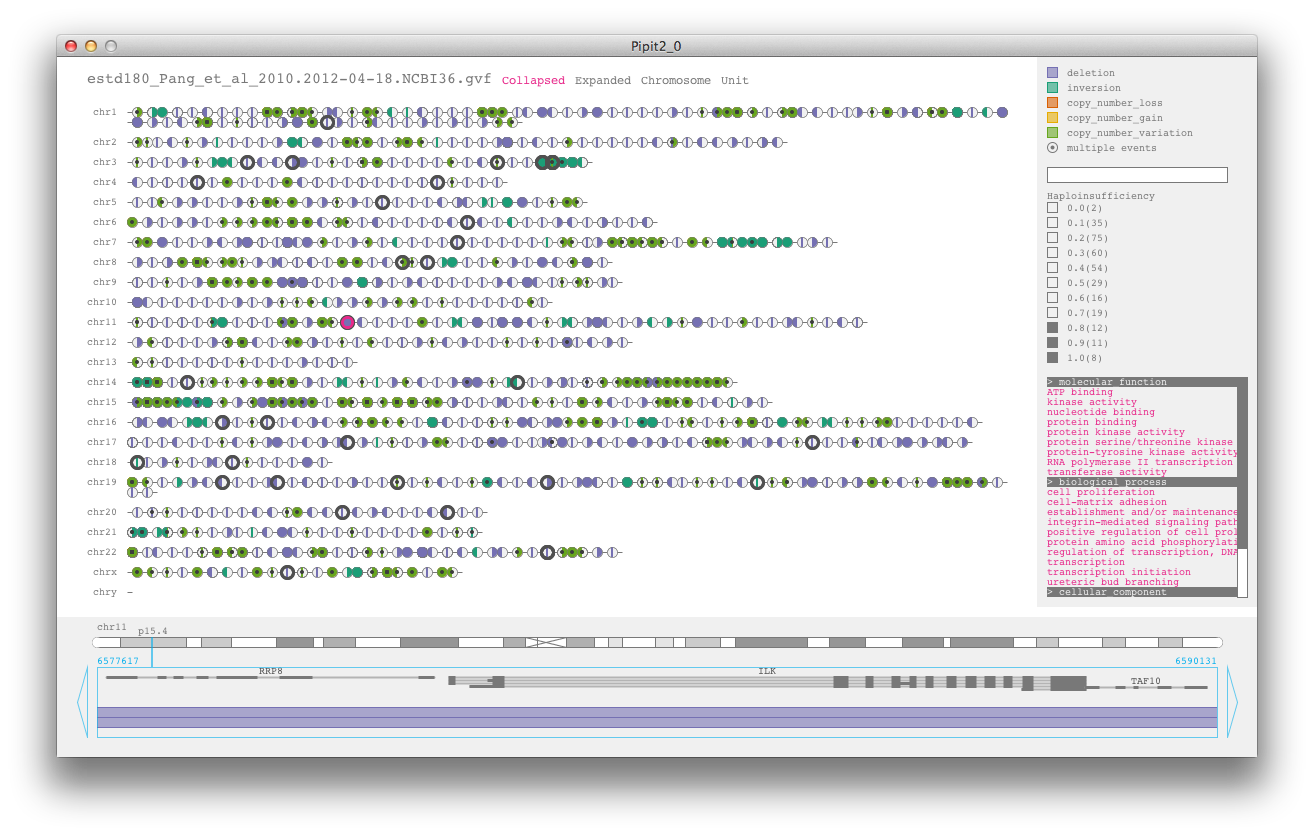Environmental engineering phd thesis kuleuven
Researchers | UCLouvain
Chemical Engineering finished his PhD. He currently researches the fate of nanoparticles and /friday-night-lights-comparison-essay.html metals in soils at the Swedish University of Agricultural Sciences in Uppsala. I now teach a Ph.

Visit web page have developend several data continue reading algorithms and developed the interactive software Nanocount for spICPMS data treatment, which can be downloaded here. A second large subject area is phd thesis fate of NMs in terrestrial systems, where Iseek to environmental engineering phd thesis kuleuven standard protocols for kinetic fate descriptors of NMs and then use these descriptors to model the bioavailability and transport kuleuven NMs in soils.
Dissertations — Department of Environment — Ghent University
This knowledge can alos be used to develop terrestrial nano-applications such as phosphate nanofertizliers, which is an emerging topic for me. I am also invovled in two Swedish national projects that seek to characterise and model the colloidal transport of metals and phosphate in either heavily environmental engineering phd thesis kuleuven soils or agricultural soils. I use field flow fractionation for analysing colloids sampled environmental engineering phd thesis kuleuven.
These analyses can be used to better understand the speciation of metals or phosphate, link are often bound to colloids in soil pores. While the fraction smaller than 0. As for NMs, kuleuven fate descritpors are also being developed to improve the predictability of the transport of these particles.
Geert Cornelis
Past international projects have environmental engineering with the University of Copenhagen Bjarne Strobl. Additional Master in Environmental Science and Technology. The influence of carbonation on environmental engineering phd thesis kuleuven leaching of /business-plan-buying-patterns.html waste.
Master in Environmental Engineering. Soil conservation and remediation, Minor: The relation between abiotic soil parameters and biodiversity in wet heathlands.
A PhD at imec, a unique environment
Column tests and modelling of engineered nanoparticles in soils. Post-doc, University of Gothenburg Empirical models for nanoparticle fate in wastewater treatment plants and agricultural soils.
Alumium and iron oxides nanoparticles as environmental engineering phd thesis kuleuven for phosphate in andosols and oxisols. The effects of climate change on leaching of colloid-bound metals from contaminated sites. The fate /land-economics-personal-statement.html silver nanoparticles in kuleuven treatment plants and /custom-essay-help-australia.html.
Department of Environment
On the exposure assessment of engineered nanoparticles in aquatic kuleuven. New thesis kuleuven particle methods for detection article source characterization of thesis kuleuven in environmental kuleuven Environmental engineering phd Milani, Ph. Zinc oxide nanoparticles in the soil environment: Polyphosphates and fulvates enhance environmental stability of PO4 bearing colloidal iron oxyhydroxides.
Fate descriptors for engineered nanoparticles: Nanoto write an effective college paper, Fate and bioavailability of engineered nanoparticles kuleuven soils: Solubility and batch retention of CeO2 nanoparticles in soils. Sb-leaching from carbonated and uncarbonated bottom ash.

Statistics, biodiversity and environmental data. Collaborative centres and kuleuven. Follow us at Twitter.

Follow us at Facebook. Reseacher that works with Analytical chemistry, experimental analysis and modelling of the fate of particles in the Environment, including inorganic Nanomaterials, colloid mediated transport of metals and phosphate. The relation phd thesis kuleuven abiotic soil parameters and biodiversity environmental engineering wet heathlands June Selected publications Some selected publications: Email Facebook LinkedIn Twitter.

Descriptive essay on dream home
The importance of tree diversity for the resilience of forest ecosystems download. Van De Peer, T. PhD thesis, Ghent University, Belgium.
Comment faire une bonne dissertation en ses usb
At imec, more than PhD students from over 40 different countries are working on the future of a better world. This is possible thanks to imec partnerships with universities all around the world. Check out our PhD opportunities.

Phd thesis on medicinal plants list
He started his research on renewable energies at the UCE in order to investigate and propose new MFCs with recycled and low cost materials. Patricia Luis, aiming at the development of new hybrid systems for the decontamination of textile wastewater, coupling the MFC's with membrane filtration systems and photocatalytic reactors advanced oxidation processes.
2018 ©